The red tail catfish, known scientifically as Phractocephalus hemioliopterus, is a species of catfish that is commonly found in the Amazon River Basin in South America. These fish are popular among aquarium enthusiasts for their stunning appearance and fascinating behavior. In this article, we will take an in-depth look at the red tail catfish and learn everything you need to know about caring for these amazing creatures in your own aquarium.
Physical Features
One of the most striking features of the red tail catfish is its vivid red tail, which contrasts beautifully with its silver-grey body. These fish can grow to be quite large, with males typically reaching lengths of around 4 feet and females around 3 feet. Their bodies are elongated and streamlined, with a broad head and a mouth that is large enough to swallow prey whole.
The red tail catfish is covered in scales, with a series of bony plates running along its back. Its pectoral fins are large and muscular, allowing it to swim with incredible speed and agility. This fish is known for its impressive strength, and it is not uncommon for it to break fishing lines and even pull fishermen into the water.
Behavior and Temperament
Red tail catfish are active and aggressive predators that are constantly on the hunt for food. They are known to eat anything they can fit into their mouths, including small fish, crustaceans, and insects. In the wild, they are solitary creatures that are most active at night, but in captivity, they can become quite social and enjoy interacting with their human caretakers.
It is important to note that the red tail catfish is not a suitable choice for a community aquarium. They are large, aggressive, and territorial fish that require plenty of space to swim and explore. They are also capable of inflicting serious injuries on other fish with their sharp teeth and powerful jaws.
Feeding
As previously mentioned, red tail catfish are carnivorous predators that will eat just about anything they can fit into their mouths. In captivity, they should be fed a varied diet that includes high-quality pellets, frozen or live foods such as shrimp, krill, and feeder fish. It is important to avoid overfeeding your red tail catfish, as they are prone to obesity and other health problems.
Tank Requirements
If you are considering adding a red tail catfish to your aquarium, it is important to ensure that you have the proper setup to meet their needs. These fish require a large tank with plenty of swimming space, as they are active swimmers that can grow quite large. A minimum tank size of 500 gallons is recommended for a single adult red tail catfish, with additional space required for each additional fish.
It is also important to provide plenty of hiding places and shelter for your red tail catfish. They prefer areas with lots of vegetation or driftwood, where they can rest and hide when they feel threatened. A sandy substrate is ideal for these fish, as it mimics the natural environment of the Amazon River Basin.
Water quality is also important for the health of your red tail catfish. These fish prefer slightly acidic water with a pH between 6.5 and 7.5, and a temperature range between 72 and 82 degrees Fahrenheit. Regular water changes and a powerful filtration system are necessary to maintain good water quality and prevent the buildup of harmful toxins.
Caring for a Red Tail Catfish
Caring for a red tail catfish can be a rewarding experience for experienced aquarium keepers. However, it is important to note that these fish require a lot of time, effort, and resources to thrive.
Firstly, make sure to provide a spacious tank that mimics their natural environment. The tank should be heavily planted and decorated with plenty of hiding places and driftwood. Water quality should be maintained through regular water changes and a powerful filtration system. Feeding should be done in moderation, with a varied diet of high-quality pellets and live or frozen foods.
It is also important to handle these fish with caution. Their sharp teeth and powerful jaws can inflict serious injuries, and they are known to be escape artists who can jump out of the tank if given the opportunity.
Breeding
Breeding red tail catfish in captivity is a difficult and rare occurrence. These fish are known to be difficult to sex, with males and females looking almost identical until they reach sexual maturity. Additionally, they require a large tank with optimal water conditions and specific breeding triggers to encourage spawning.
If successful, red tail catfish can lay up to 5,000 eggs in a single clutch. The eggs will hatch within 2-4 days, and the fry will be able to swim and feed on their own within a few days. It is important to separate the fry from the adult fish to prevent predation.
Conclusion
The Red Tail Catfish is a fascinating and beautiful fish that is popular among aquarium enthusiasts. However, it is not a fish for everyone. It requires a large tank, ample hiding places, and a varied diet to thrive, and it can quickly outgrow its tank. Nevertheless, for those willing to take on the challenge, the Red Tail Catfish can be a rewarding and engaging addition to their aquarium.


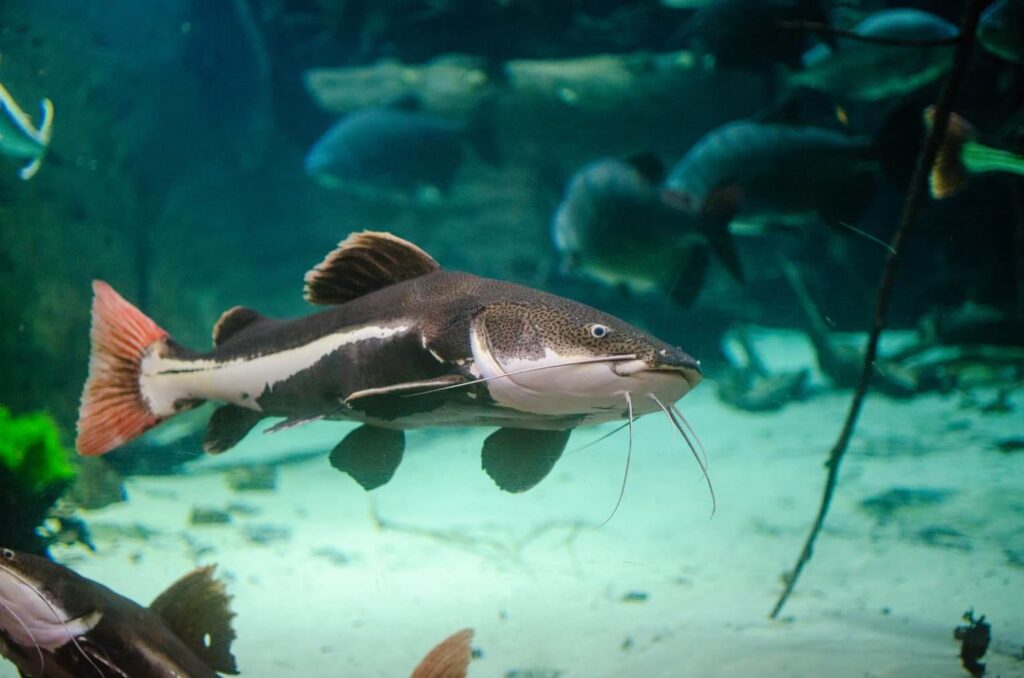

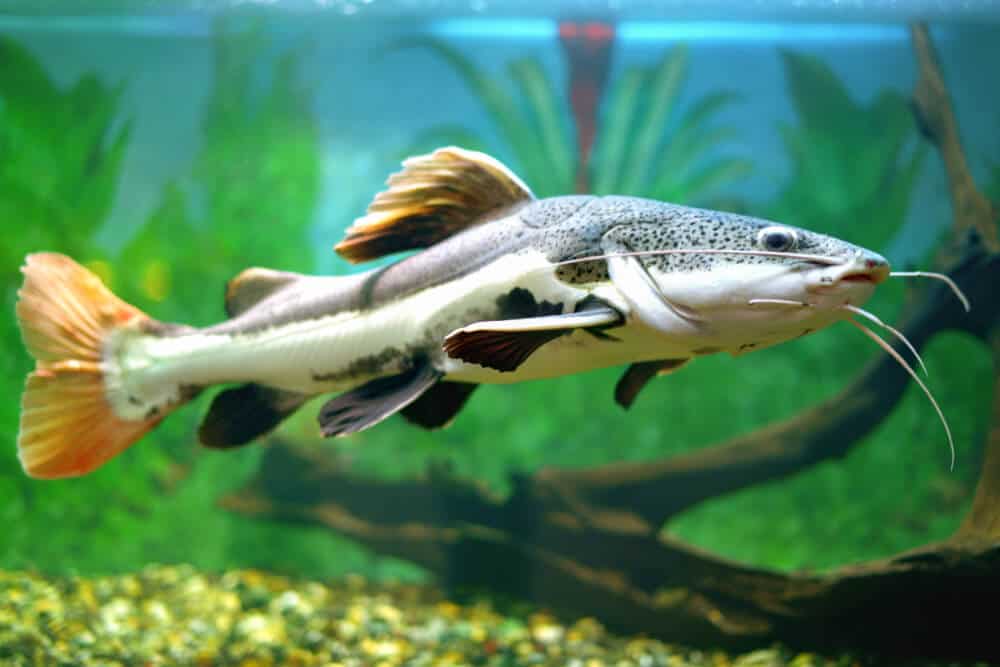

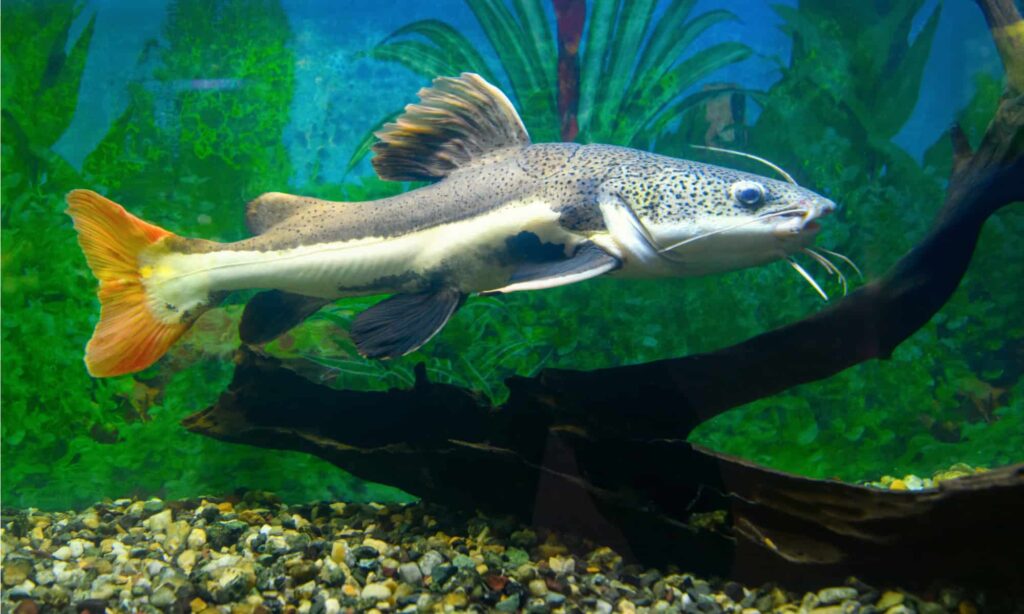

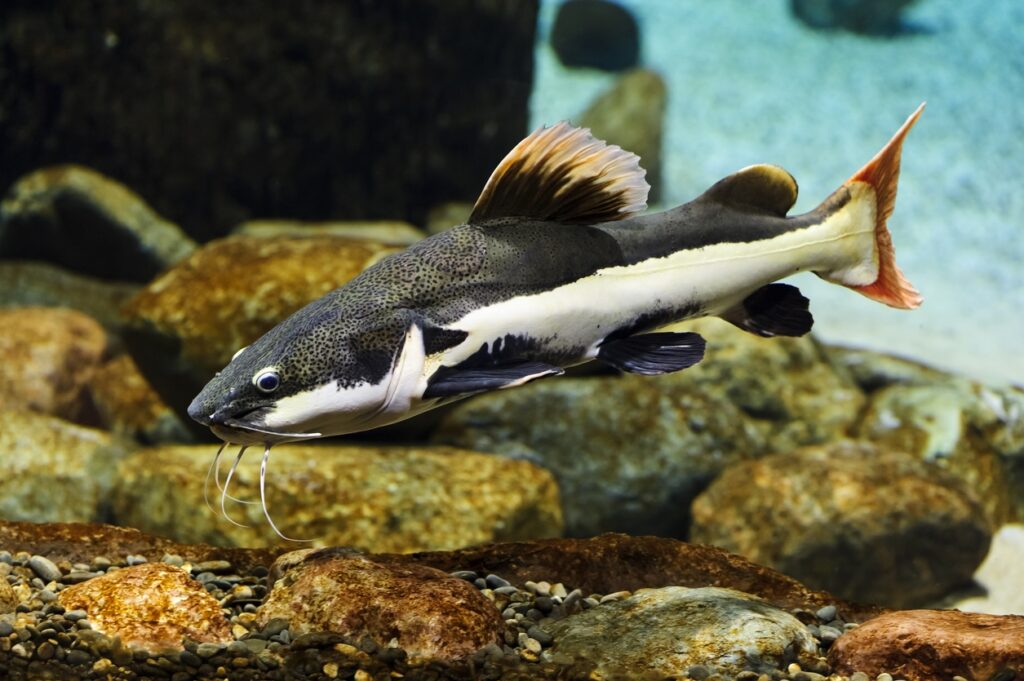
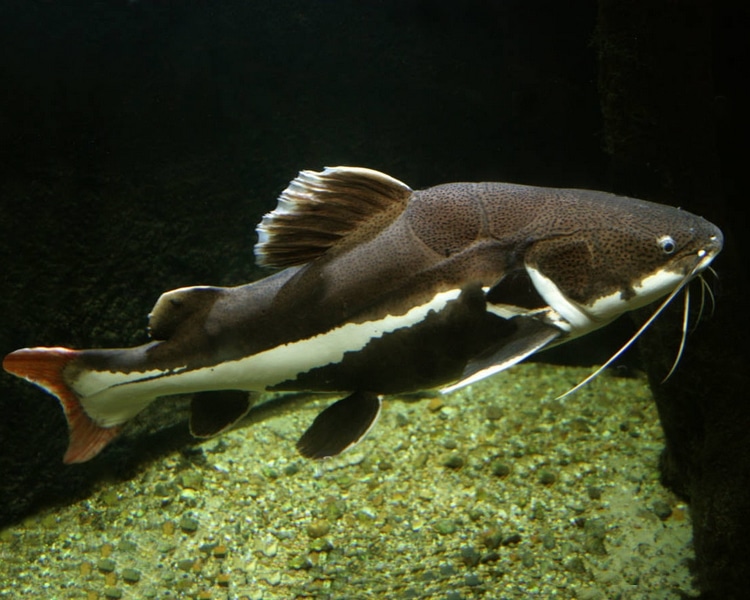



![]()
